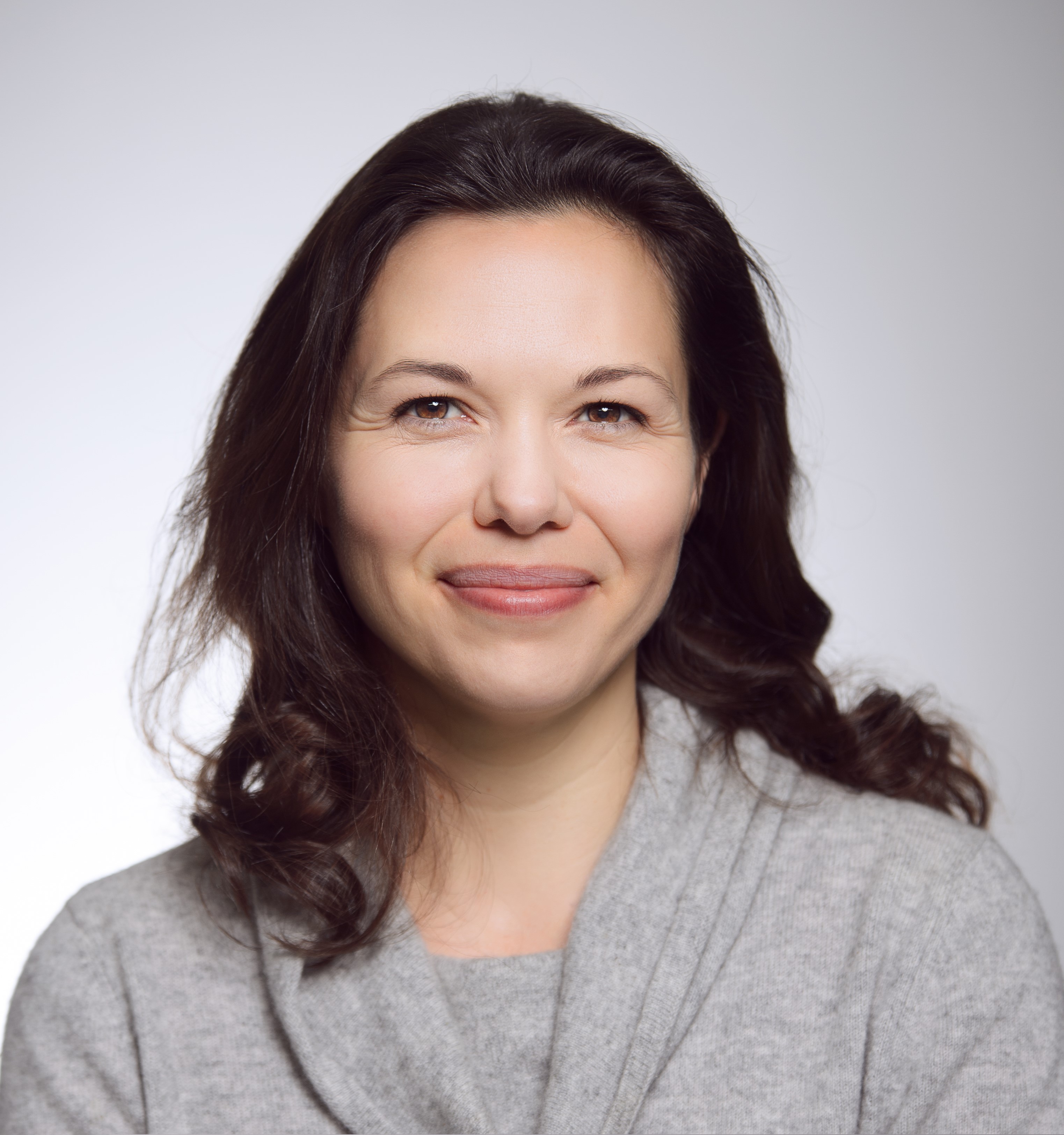What's Behind Our Love of Curvaceous Cars
A person's preference for BMW, Audi or Alfa Romeo may be more primal than sophisticated, new research suggests.
Our human instincts draw us to either curvy models or those with sharp angles. And carmakers cater to one or the other, depending on the era, the study shows.
And if one cognitive psychologist is right, the 2010s might be a decade of boxy cars.
Why we like curves
Consumers' car preferences come down to two basic human habits, said study researcher Claus-Christian Carbon of the University of Bamberg in Germany.
One, we are predisposed to shy away from sharp objects because, well, they tend to hurt. Angular features remind us, at least subconsciously, of fangs, claws, thorns and knives. As a result, say evolutionary psychologists, we usually prefer curves — not only on women and in nature, but also in fashion and design.
But this predilection for gentle lines can be overcome by the second habit: looking out for new stuff.
Sign up for the Live Science daily newsletter now
Get the world’s most fascinating discoveries delivered straight to your inbox.
We tend to glaze over when surrounded by the familiar and yet jerk to attention when, say, a tiger asks to shake our hand. And our preference for novelty can sometimes make sharp angles appealing, Carbon said.
Car designers, perhaps unwittingly, have been playing one tendency off the other, suggests the research published in the current issue of the journal Acta Psychologica.
Car curves
After asking study participants to rate the curviness of car models from 1950 to 1999, Carbon found that curvier cars were popular during certain eras, while angular autos were preferred in intervening years. The finding showcases the push and pull between rounded shapes, which are over-represented in nature, and angles, which are both more novel and potentially threatening, Carbon told LiveScience.
The round cars of the early 50s, the study showed, were slowly supplanted by sharper designs — think shark fin exhaust tips and the winged 1960 Cadillac. Boxy styles stayed trendy in the United States through the 1980s. And then a slow transition back to smooth shapes began, epitomized by the new VW Beetle in the 90s, which, Carbon said, "looks like a half circle."
Since then, the cycle has been speeding up. It used to take roughly 50 years for car models to swing between circles and boxes. Now it is more like 20 years, Carbon said, predicting an increase in sharply angled cars in the 2010s.
"Evolutionary psychologists would say curved forms are always preferred," said Carbon. "But we need a balance between familiarity and novelty."
Curves and angles
Here's why the pendulum swings between curves and angles, the researchers suspect: After many years of boxy designs, once-familiar curves look novel. But novelty aside, curves are always our true love. Even if more arresting fashions sometimes distract us, for safety's sake, we have evolved to generally prefer gentle lines more than piercing ones.
"The evolutionary program is always running, but on top of it can be running a cultural program," Carbon said, which favors innovation.
The intermittent appeal of angular lines may also lie in their very association with danger.
The emotional seat of the brain, the amygdala, is activated by anything associated with fear, including sharp edges, Carbon said. "We may be given a thrill by looking at the sharp designs of the eighties, but maybe it is a thrill we can hold, because we know it is a (relatively) safe world."
Anthropomorphists would argue that angles and curves also give us a clue into the car's personality — and we may be thrill-seeking there, too. Other research suggests we prefer cars that have dominant and even angry "faces."
- 10 Things You Didn't Know About the Brain
- What Really Scares People: Top 10 Phobias
- Top 10 Mysteries of the Mind
Robin Nixon is a former staff writer for Live Science. Robin graduated from Columbia University with a BA in Neuroscience and Behavior and pursued a PhD in Neural Science from New York University before shifting gears to travel and write. She worked in Indonesia, Cambodia, Jordan, Iraq and Sudan, for companies doing development work before returning to the U.S. and taking journalism classes at Harvard. She worked as a health and science journalist covering breakthroughs in neuroscience, medicine, and psychology for the lay public, and is the author of "Allergy-Free Kids; The Science-based Approach To Preventing Food Allergies," (Harper Collins, 2017). She will attend the Yale Writer’s Workshop in summer 2023.
Why is yawning contagious?
Scientific consensus shows race is a human invention, not biological reality










